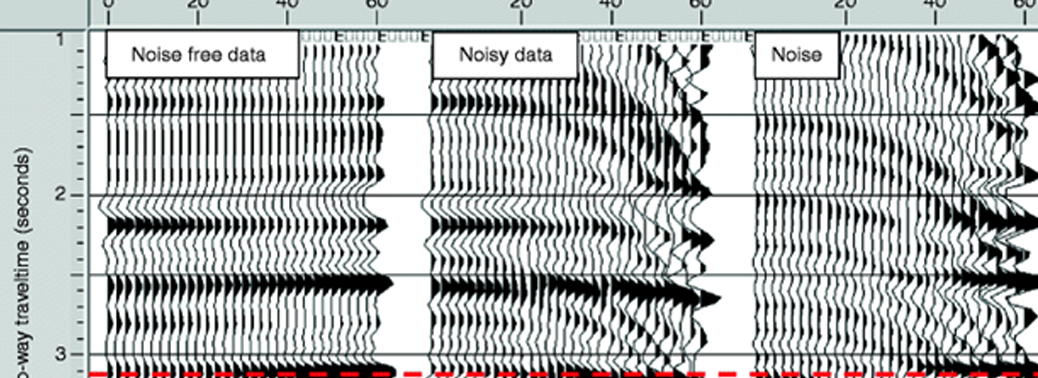SEISMIC NOISE
17, Apr 2020

Prelims level : Science and Technology – Newer Inventions
Mains level : GS-III Awareness in the Fields of IT, Space, Computers, Robotics, Nano-Technology, Bio-technology and Issues Relating to Intellectual Property Rights.
Why in News?
- Amid this coronavirus lockdown, British Geological Survey (BGS) scientists have reported a change in the Earth’s seismic noise and vibrations.
- Few weeks ago, the Royal Observatory in Belgium observed a 30-50% fall in levels of seismic noise since schools and businesses were closed during this lockdown.
What is Seismic Noise?
- Seismic noise refers to the relatively persistent vibration of the ground due to a multitude of causes. This noise includes vibrations caused due to human activity, such as transport and manufacturing.
- It is the unwanted component of signals recorded by a seismometer and makes it difficult for scientists to study seismic data that is more valuable.
- Scientists first observed this seismic noise everything recorded on seismograms that cannot be attributed to earthquakes at the end of the 19th
Advantages of Reduced Seismic Noise:
- Usually, to measure seismic activity accurately and reduce the effect of seismic noise, geologists place their detectors 100 metres below the Earth’s surface.
- Because, the seismic noise vibrations caused by human activity are of high frequency (between 1-100 Hz), and travel through the Earth’s surface layers.
- However, since the lockdown, researchers have said that they were able to study natural vibrations even from surface readings, owing to lesser seismic noise.
- Due to lower noise levels, scientists are now hoping that they would be able to detect smaller earthquakes and tremors that had slipped past their instruments so far.
What is a Seismometer?
- Seismometer is the scientific instrument that records ground motions, such as those caused by Earthquakes, volcanic Eruptions, and Explosions.
- These are incredibly sensitive so they also pick up other sources of vibration too, including human activity, such as road traffic, machinery and even people walking past.






